Bees play an important role in the world’s ecosystem. From honey to pollination, there are many benefits to attracting several species of bees to your flower garden and vegetable garden. Learn how to cultivate a bee garden with this comprehensive tutorial.
How to Attract Bees to Your Garden
Here are some amazing benefits of honey bees you might not know:
1. Pollination Agents
Pollination is considered such a big part of the agricultural processes, and honey bees assist in that as well. Whether domestic or wild plants, bees play a big role in the pollination process, which is why they are considered so essential by people.
Pollination is the stage where seeds (pollens) are transferred from one plant to another to initiate growth. Most flowering plants depend on agents like honey bees for pollination, which makes these insects important.
2. Producers of Honey
There is an unlimited number of reasons for which honey is used around the world. It has always been used as a food item for years, but over the years, honey has become an essential part of many other industries.
Honey is available in many different types, and each of those can be used for different purposes. Cooking and medicinal usage are probably the most popular ways in which honey is commercially used by people.
It is a great way to treat sore throat or cough as well. Honey can also be used to soothe wounds as it is antibacterial. Though people with a weaker immune system should not consume honey, the product still provides many other benefits to people.
3. For Obtaining Beeswax
Honey bee gardens have also been hugely cultivated to collect wax from these insects. Even though it’s a by-product, at times, it is considered even more important than honey. That’s because this has so much usage in various parts of the world.
Beeswax has been used to make candles for decades now. It has also been used as a lubricant and even as protection from moisture and air for metal tools in some parts of the world. Other than these, there are many other reasons why beeswax is used.
Beeswax is also used to make cosmetics and as a polish for wood as well as leather products. Research has also proven that beeswax can be used for skincare reasons which are also why it’s so widely popular. In conclusion, this is another reason why attracting honey bees is considered so essential by human beings.
Now that you know some reasons why having a bee garden is considered beneficial in many different ways, it’s time for us to dive into the details of creating and then taking care of a bee garden. Let’s talk about major parts of this entire process and also tips that might help you out when you grow a honey bee garden on your own.
The best flowers to attract wild bees:
Our main goal is to attract bees – and flowers are the best ways to get that done. The main reason for that is because flowers have nectar and pollen, which serve as food for bees. Nectar is more like an energy source for them, whereas pollen is like a protein component that allows them to grow.
There are certain kinds of flowers that bees tend to buzz around, and these should be your choice if you wish to grow a honey bee garden as well. Here is a list of common flowers that are amazing at attracting honey bees:
1. Lilacs
Along with butterflies, lilac is also great to attract honey bees who adore a sweet fragrance. There are lilacs of seven different kinds grown around the world, and these honey-producing insects love all these.
Lilacs also do not need too much care to grow correctly, so you won’t have to worry about having to give too much attention to it. Lilac bushes can spread, however, so be aware of that when planting. My old church used them as a hedgerow, and wow, did they smell fantastic when in bloom. That is a photo of the lilac bush in my neighbor’s yard. It does hang over our side of the fence, so keep in mind that they will grow large and wide.
2. Lavender
Lavender in general is a beautiful flower that people love to grow. Along with that, it also is extremely useful as something that brings honey bees to your garden. One reason that lavender is loved so much is probably its long bloom time. And the reason why honey bees tend to love this flower is that they are really rich in nectar. That’s why honey bees love these flowers so much, and they are a must in a honey bee garden.
Again, lavender will spread. I used to keep it contained under a tree in my old yard, but do be aware that you can have a lavender field in a short while if not careful with cultivation. The upside is if you want a lavender field, it will happen!
3. Bee Balm
From wiki: Monarda is a genus of flowering plants in the mint family, Lamiaceae. The genus is endemic to North America. Common names include bergamot, bee balm, horsemint, oswego tea, the latter inspired by the fragrance of the leaves, which is reminiscent of bergamot orange.
This North American plant is considered great to attract many insects like butterflies, hummingbirds, and of course, honey bees. They grow up to 4′ tall, and their flowers are generally rich in nectar. Around 50 different species of bee balm are available around the world.
You have to ensure that the variety you pick is suitable to grow in the environment you wish to grow the bee garden. This member of the mint family is easy to grow, but it needs to be watched as they also tend to spread rapidly.
4. Black Eyed Susan
Due to their amazing drought resistance capabilities, these are considered one of the best flowers to grow in your bee garden. The flowers of these plants are bright yellow in color, which are greatly loved by bees.
These flowers tend to love the sun and are growing more and more popular in places other than their natural habitat. Black-eyed Susan is also simple to grow and take care of.
5. Cosmos
Found largely in meadows around North America and Mexico, Cosmos is also available in various different colors. These also grow in poor soil conditions, dry or hot weather, etc. These flowers are similar to daisies and work wonderfully in attracting insects like honey bees. These thus can be an excellent addition to your honey bee garden.
6. Peony
When it comes to picking flowers, peonies are one of the most adored species around the world. Loved by insects like honey bees, peonies can grow up to 100 years if you choose the variety that’s suitable to your soil type and other conditions.
Peonies do need some specific weather conditions to grow well and they also take some years to bloom as well. This plant prefers sunny weather and minimal fertilizers that provide just enough nutrition.
Everything You Need to Know to Grow Peonies
7. Snapdragon
This is one of the plants that usually bloom in the cold season and improves your garden’s beauty in spring as well as the fall season. You can find these flowers in almost every color you can think of as well.
Snapdragons demand fertile soil and sunny weather as well. Of course, you need to add these to your honey bee garden because these are loved by most insects as well.
8. Sunflower
This is one of the most common species of flowers that is available almost everywhere around the world. Sunflower pollen has been proven to be medicinally useful for various kinds of honey bees.
Sunflowers are used in many different ways by humans, but it’s one of their prime food suppliers for bees. There are more than 60 varieties of this flower, and the nectar produced by these flowers will attract bees. These are also easy to grow and maintain, yet another reason to add them to your honey bee garden.
I grew those sunflowers in containers. One per pot and they needed staking. Even if you do not have a lot of room in your yard, you can grow sunflowers.
Sunflowers: 7 Creative Uses for Sunflowers
USDA plant hardiness zone map (United States planting zone map)
Things you can do to attract bees to your garden:
We have now learned more about the importance of having a bee garden of your own. If you have now decided to cultivate one yourself, it’s time to start actually working on creating one. But it could be quite difficult to have a bee garden that attracts bees again and again.
You don’t have to go out of your way necessarily – a small garden with few pots can also work amazingly to attract honey bees. That being said, there are certain precautions you need to take as a gardener to make the bees interested in your garden.
The bee population is also declining rapidly around the world, which is another reason to provide them food and nutrients to improve their number. It’s a win-win situation where bees get nutrition, and you get amazing bi-products and benefits of having a honey bee garden.
1. Choose flowers that bees love the most.
Bees don’t need too much – pollen and nectar are enough to attract them and then keep them coming over and over again. Already, we have covered some of the most popular species of flowers that you can add to your bee garden. According to the native climate around your home, you can choose any of these flowers for your garden as well.
Bees are attracted to yellow flowers, purple coneflower, butterfly bush, native wildflowers (native bees). Be certain to plant different plants in your bee-friendly garden that will attract different types of bees at various times of the year. Plant flowers and vegetables that grow well in early spring through late fall will have bees in your garden throughout the growing season.
As long as the flowers are rich in pollen and nectar, you can choose any species that grow well in your area that you would love to plant. It’s essential to have various varieties in the bee garden to attract different kinds of bees.
Another important thing to keep in mind is that food for the bees needs to be available throughout the growing year. So you need to pick flowers that bloom at different times of the year to put your garden on the map that bees trace while looking for nutrients.
2. Unless spreading a wildflower garden, plant with a strategy.
To ensure that the bee garden is capable of attracting bees at different times, you need to plan the plantation and other details in advance. That way, you can have a clear vision of the space you have and how you can make the most of it. First, make sure to choose flowers with longer blooming cycles so the bees cannot help but come back to your garden again and again.
Generally, experts suggest color coordinating the flowers that you wish to grow in your bee garden. That makes it easier for the bees to find a garden full of rich flowers as well. Make sure to bunch the flowers together instead of spreading them out like you usually do for other plants.
If you have a small space, herbs or wildflowers are another way to make the flowers look cluttered to the honey bees. Overall, it is better to divide your garden space into sections and then plant the flowers accordingly for better impact on the honey bees.
3. Make sure to include some kind of habitat for the bees in the garden.
You may not just want to bring bees to your bee garden – you may also want them to stay for a long period of time which is certainly your main goal for creating a bee garden. The best way to ensure that the bees don’t leave as soon as they find the garden is to build a habitat for them.
To make up for habitat loss, you can always build bee habitats on your own by looking up online tutorials. If that is not something you wish to do, you can also buy a bee box online. If you do that, make it a point to buy a few different kinds of bee habitats just to be safe.
Wild bees generally nest in all kinds of locations, including holes made by wild animals, in-between grass, etc. You just have to create a bee habitat in a place where bees can rest safely and away from the harsh winter weather. This will most probably make the honey bees more willing to spend a ton of time in your honey bee garden.
4. Try to keep harmful chemicals away from your honey bee garden.
Bee populations have been dying at an alarming rate. Though chemicals and fertilizers enable your plants to grow well, they are not really best friends with wild animals and flying creatures. If you are an expert gardener, you already know that chemicals can hurt bees badly. Thus for your bee garden, you need to think of ways to nurture the plants without disrupting the bees and their visits to the garden.
You do not have to use chemicals to induce plant growth or to keep harmful pests away from the plants. You can always go for natural fertilizers that also ensure that the bees in your garden don’t die while you take care of the plants. Harmful chemicals need to be avoided as much as possible to reduce the direct and indirect impact on pollinators like honey bees.
Be smart about your choices when it comes to growing flowers and plants that honey bees like. The fewer chemicals you use, the more bees will buzz around your garden. To make sure that the plants grow well, you can instead opt for regular watering and using soil that is rich in nutrients.
5. Of course, you need to give the plants enough time to bloom.
When it comes to a bee garden, it is mostly about the flowers because that is, in the main, what attracts bees. Having long-lasting flowers and continual blooms which need to stay on the plant to ensure that bees find your garden. The sweet fragrance of flowers is one of the essential things to attract honey bees to your garden. While a cut garden (particularly snapdragons) will attract bees, removing the blooms from the garden will remove the bees, too.
Even if you have vegetables in your honey bee garden, it is essential to let them bloom flowers as those can serve as food to bees when nothing else is grown yet. Cucumbers, squashes, eggplant, broccoli, and cauliflower are some vegetables that have blooms. So, you don’t necessarily have to have plants that are known for flowers in the garden. You just have to make sure that the plants you have bloom flowers.
This is the part of the bee gardening process that demands a lot of patience from the gardener. You need to add various kinds of plants, so there are always flowers available for the bees to come to. The more nectar and pollen they find in your garden, the more possibility is there that they will find their way back to your garden.
It’s essential to learn to take good care of the bee garden to keep it healthy.
In general, there are many other ways to take care of the garden you have. Along with finding ways to attract bees, you need to put in efforts to keep the garden healthy throughout the year.
On top of the tips we have already listed down, we have another list of precautions you need to take while maintaining a honey bee garden.
1. Bees appreciate a source of clean water in the garden
We already know that regular watering is the key to cultivating a pollinator garden full of healthy plants and flowers. But the bees flying in the garden also need water.
A bee bath is a water source (many times a birdbath) that can be filled with pebbles so the water is easily accessible to the bees. This is just another one of those tiny details that you can add to the bee garden to ensure that insects get enough water as well.
2. The weeds in your bee garden help more than you think.
Generally, when we hear the word weeds, we assume that these are unnecessary plants that we need to get rid of as soon as possible. On the contrary, weeds like dandelions and queen ann’s lace are also rich in nectar that bees seem to love.
These can also be added to your compost to make it more nutritional for the plants. Overall, weeds aren’t as useless as you think and you need to have them grow smartly to provide another food source to the honey bees. You should allow these to grow around the garden whenever possible and only pay attention to avoid their spread instead of getting rid of them completely.
3. Try to find native species to grow in your garden.
Though it is a trend to choose hybrid plants to add to your garden, native plants might be a huge help when it comes to attracting bees again and again. One huge reason behind this is that hybrids might not be as rich in pollen and nectar as some of the native plants you can find in your area.
Native plants are easier to find when you go around the neighborhood to find some on your own. You can also lookup species that are native to the place you live and that can be added to your honey bee garden. These will enable you to have more nectar and ultimately increase the amount of time honey bees spend in your garden.
4. Don’t hesitate to mix up the variety of plants you have in the bee garden.
As we have already discussed, you cannot stick to one species when it comes to cultivating a bee garden on your own. It is about finding a variety of plants that attract bees and then plant them correctly. Mixing annual flowers and perennial flowers as well as when those flowers bloom will make the bumblebees very happy.
You can use fruits, vegetables, or any other kinds of flowering plants in the garden. Bees absolutely love my oregano plants, and I plant them for pollination. You can get multiple other benefits from the garden rather than just attracting bees. Bees also seem more interested in a garden that is full of various colors of flowers and plants.
There are huge benefits to having a bee garden. It ensures that a diversity of bees visit your garden throughout the garden year. It is also a great way to protect these bees from disappearing from the planet.
We have covered almost all the basics about bee gardening – from choosing the perfect flowers to plant to taking care of the garden to ways to keep the bees coming back to your garden.
We hope that this article enables you to understand everything you need to know to cultivate a bee garden with bee-friendly plants and flowers. Use this guide to improve your knowledge about bee gardening and the need to learn about ways to attract bees to your garden again and again, along with tips to do the same on your own without much hassle!
● If you enjoyed this post, be sure to sign up for the Ann’s Entitled Life weekly newsletter, and never miss another article!
● For more Garden posts on Ann’s Entitled Life, click here.
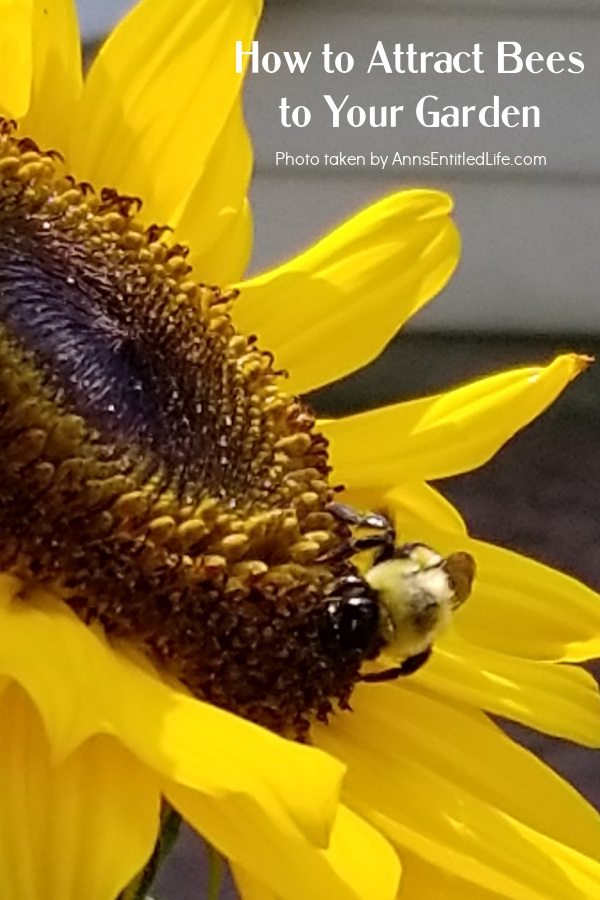
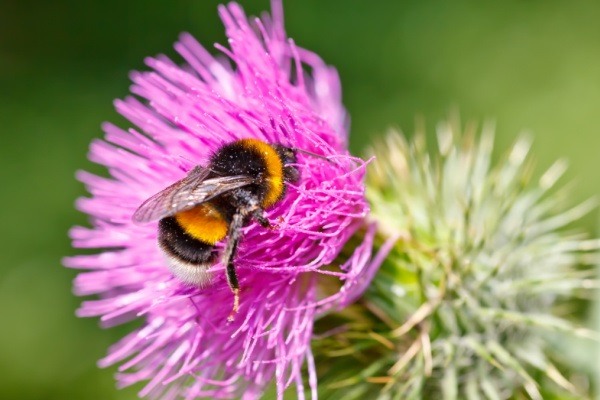
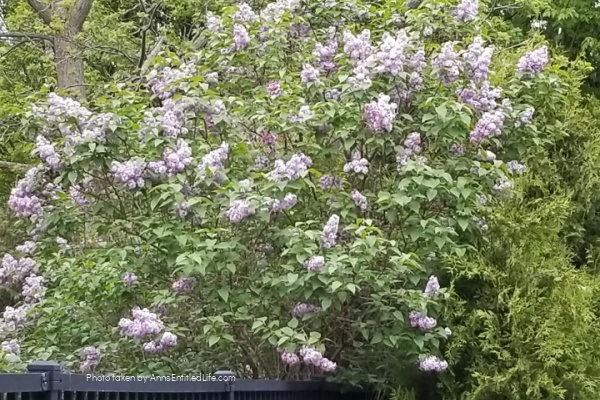

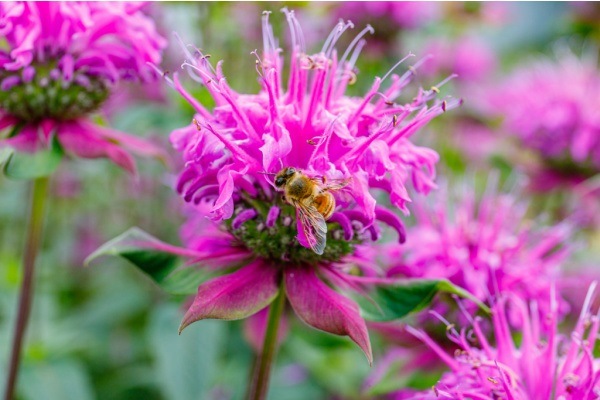
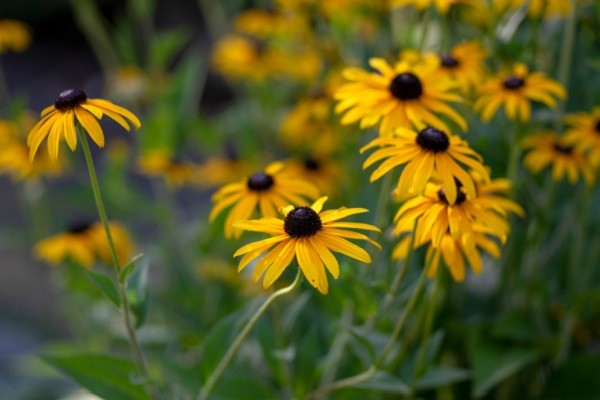
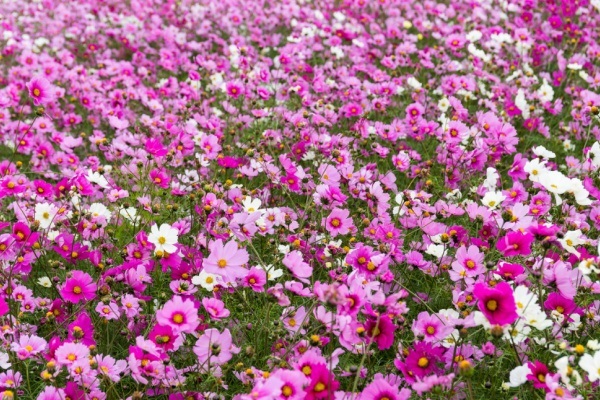
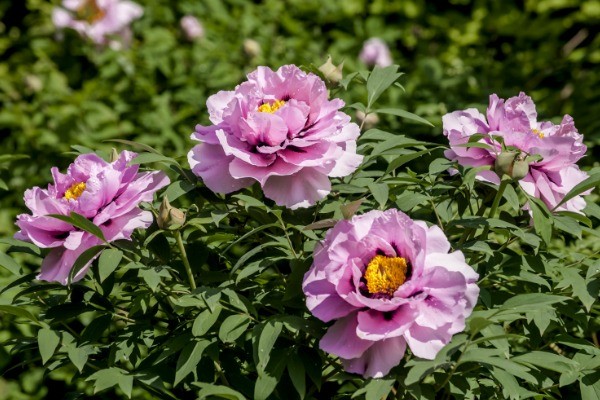
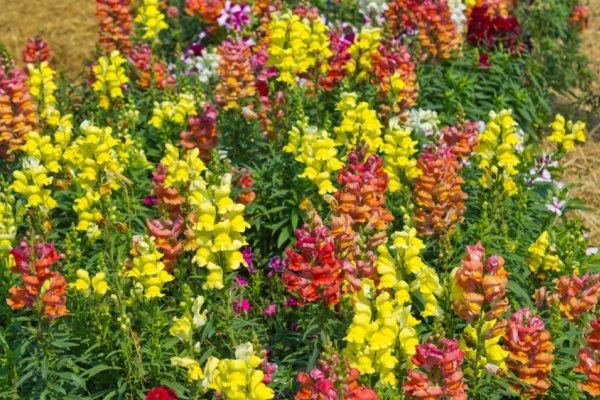
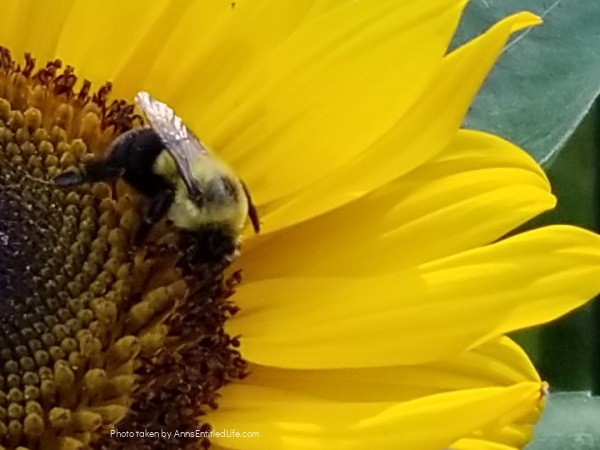
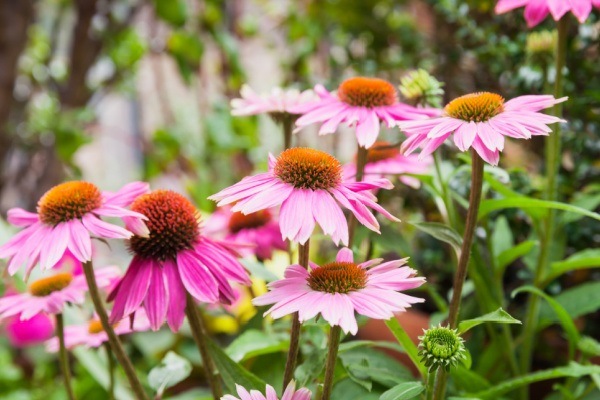
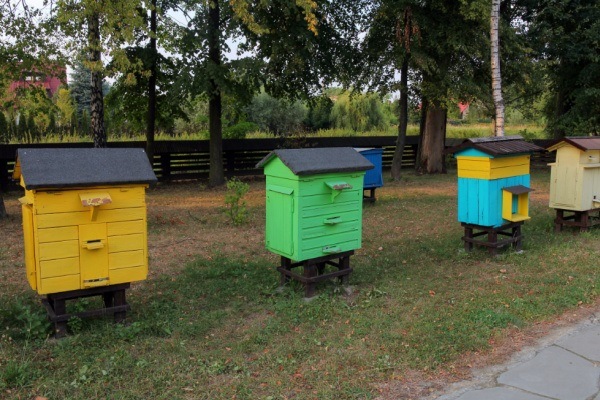
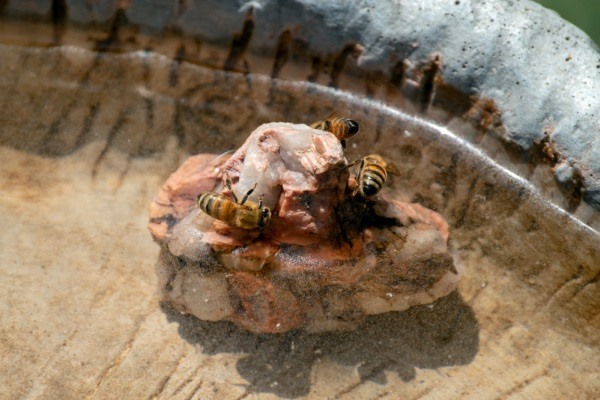
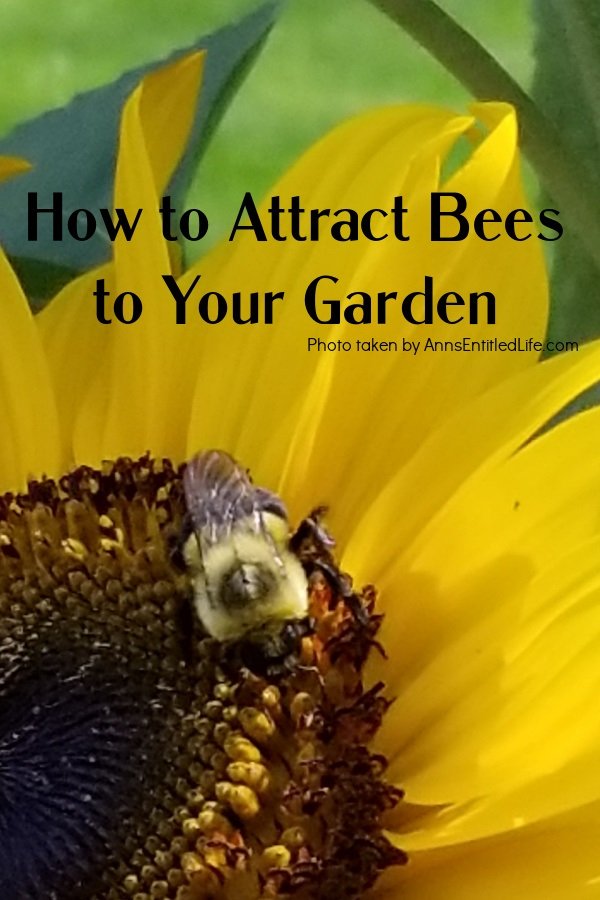
Melynda Brown says
This is my personal favorite from last week’s Funtastic Friday, also pinned to the FF board! Thanks for sharing great such great content! Stop by and see what’s new, thanks again Melynda@ScratchMadeFood!